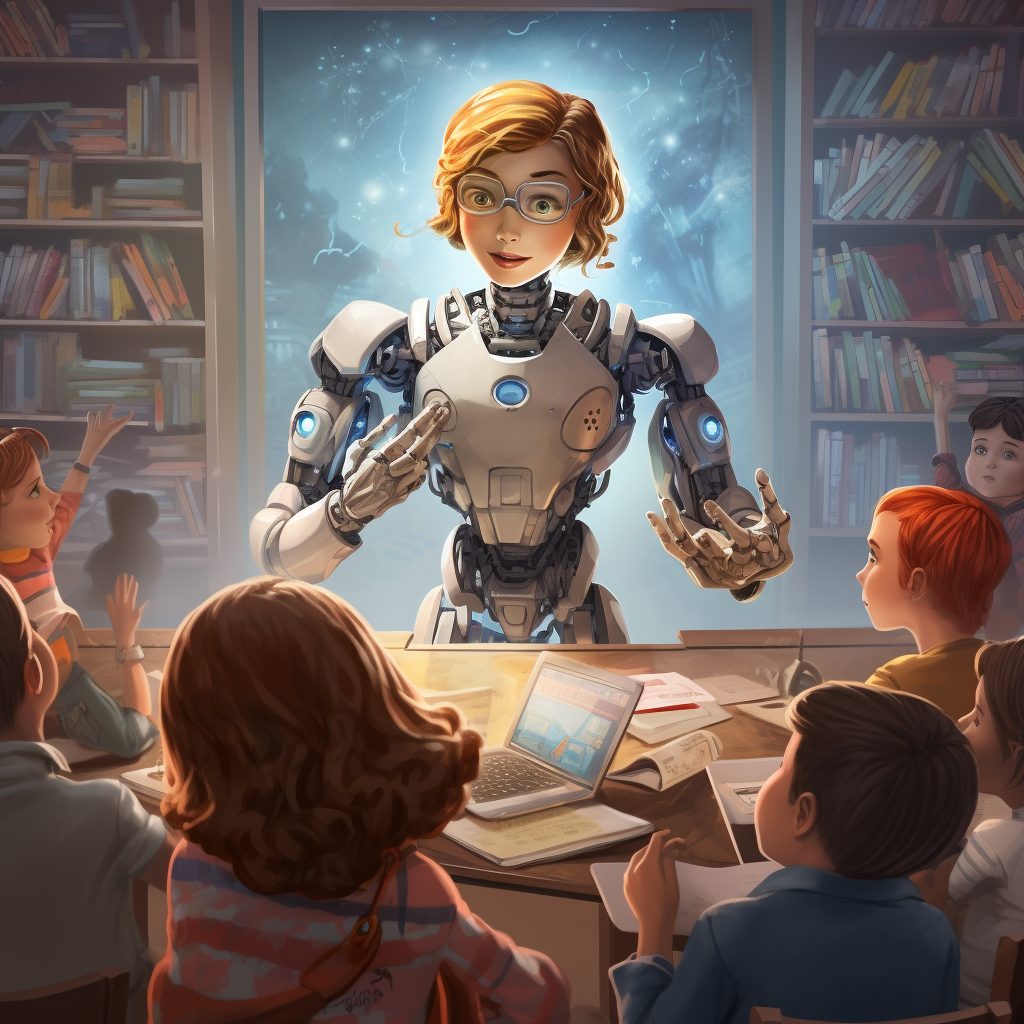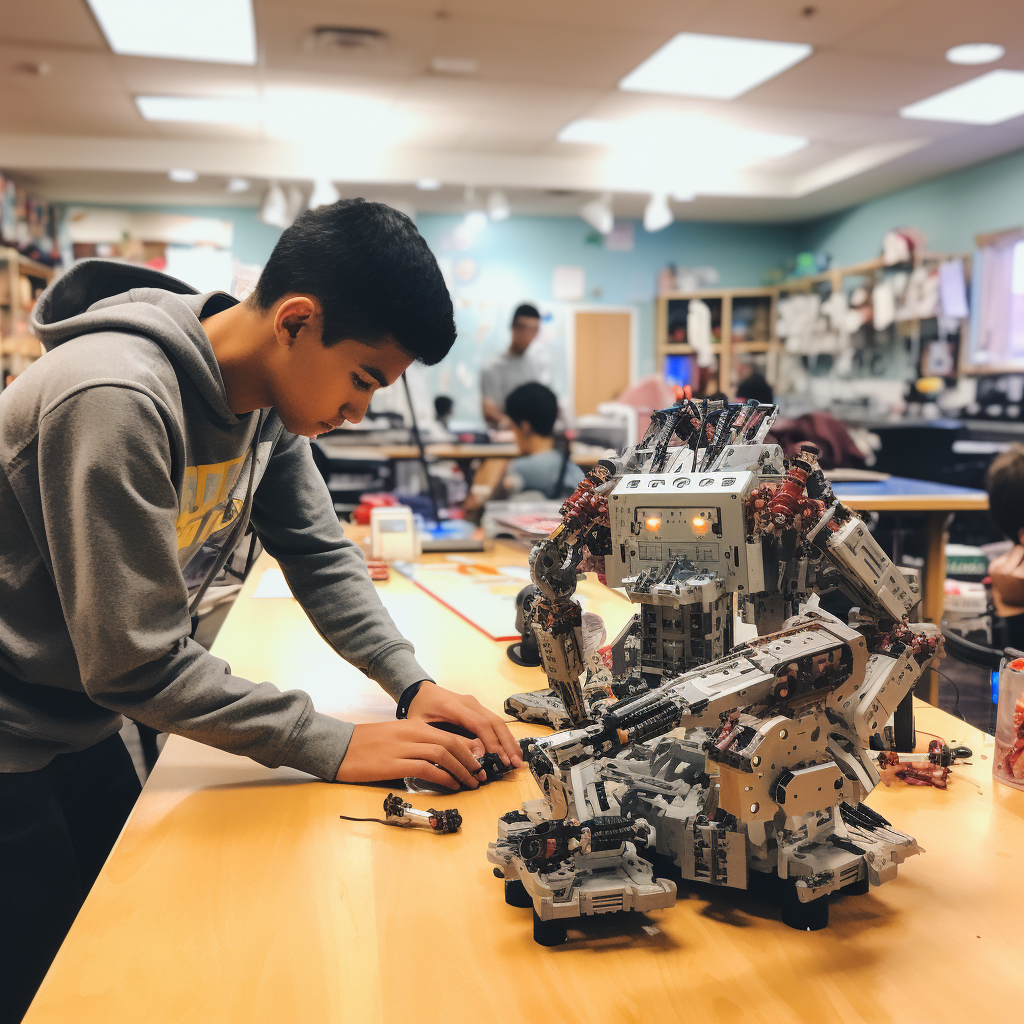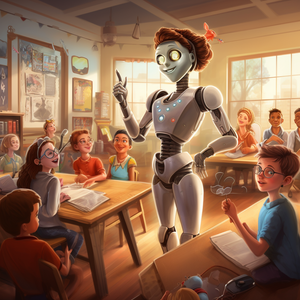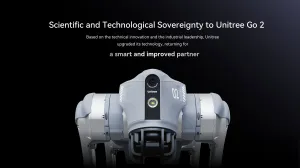The future of education is here, and it's being shaped by technology. Doh, you may say. I know it seems obvious until you start digging what kind of silent change robotic technology are bringing to the minds of the future.
One of the most exciting developments is the integration of robotics into STEM (Science, Technology, Engineering, and Mathematics) education. This article will delve into how robotics is revolutionizing the way we teach and learn, fostering critical thinking, creativity, and real-world problem-solving skills.
The Rise of Robotics in Education: The STEM Revolution
STEM education has been at the forefront of educational innovation for the past few decades. It's a multidisciplinary approach that integrates science, technology, engineering, and mathematics into a cohesive learning paradigm based on real-world applications. Robotics is a natural fit for STEM education. It combines all the elements of STEM, offering hands-on, engaging experiences that stimulate students' creativity and critical thinking.
The Impact on Learning
Robots in the classroom have been shown to enhance learning outcomes, particularly in STEM subjects. It provides a tangible way for students to apply their knowledge, fostering a deeper understanding of complex concepts.

Robotics challenges students to think critically and solve problems. It encourages them to apply their knowledge in innovative ways, fostering skills that are crucial for the 21st-century workforce.
One of the key benefits of using robots in the classroom is that they provide a tangible learning experience. Traditional teaching methods often involve abstract concepts that can be difficult for students to grasp. Robots, on the other hand, provide a physical, hands-on way for students to apply their knowledge.
For instance, when learning about programming, students can write code and then see the immediate effects of their code on the robot's behavior. This tangible application of knowledge helps to solidify learning and makes abstract concepts more concrete.
Enhancing Understanding of Complex Concepts
Robotics can also foster a deeper understanding of complex concepts, particularly in STEM subjects. For example, when students build a robot, they need to understand the principles of engineering and physics to ensure the robot can move as intended.
Similarly, programming a robot requires an understanding of logic and algorithms. By working with robots, students are able to apply these complex concepts in a practical way, which can enhance their understanding and retention of the material.
Improving Learning Outcomes
Research has shown that the use of robots in the classroom can enhance learning outcomes. A study published in the Journal of Science Education and Technology found that students who used robots in their learning showed a significant improvement in their understanding of programming concepts compared to those who learned through traditional methods.
Moreover, robotics can also help to improve skills such as problem-solving, critical thinking, and creativity. These skills are not only important for STEM subjects but are also highly valued in the 21st-century workforce.
Promoting Creativity and Innovation
Robotics provides a platform for students to express their creativity. It allows them to design, build, and program their own robots, fostering a sense of innovation and entrepreneurship.

Conclusion
The integration of robotics in STEM education is not just a trend; it's a transformative shift in the way we teach and learn. As we look to the future, it's clear that robotics will continue to play a pivotal role in education, preparing our students for a world that's yet to be imagined.
FAQs
What is STEM education?
STEM education is a multidisciplinary approach to learning that integrates Science, Technology, Engineering, and Mathematics. It emphasizes real-world applications and hands-on experiences.
Why is robotics important in STEM education?
Robotics combines all the elements of STEM, providing a hands-on, engaging platform for students to apply their knowledge. It enhances learning outcomes, stimulates creativity, and fosters critical thinking and problem-solving skills.
How does robotics promote creativity and innovation?
Robotics allows students to design, build, and program their own robots. This process encourages them to think creatively and innovatively, applying their knowledge in new and exciting ways.
What role does AI play in the future of education?
AI is set to play a significant role in the future of education. AI-powered robots can adapt to individual learners, providing personalized instruction and feedback, and enhancing the learning experience.
How does robotics prepare students for the future?
Robotics equips students with the skills they need for a technology-driven future. It teaches them how to think critically, solve problems, work collaboratively, and apply their knowledge in real-world situations.
What role do companies like Stem, Inc. play in STEM education?
Companies like Stem, Inc. are leading the way in technological innovation. Their commitment to STEM can inspire students to pursue careers in these fields, shaping the future workforce.





